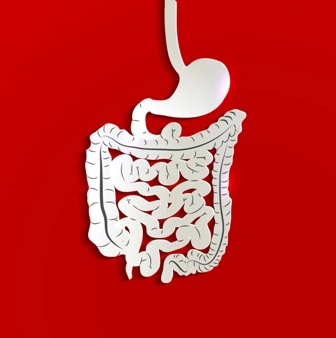Know the Anorectal Abscess Diagnoses
Question: How do we report an anorectal abscess under ICD-10? Codify Subscriber Answer: When your physician sees a patient with an abscess causing pain in the anorectal region, you'll need the specifics that follow to report the right code. Your gastroenterologist will arrive at a diagnosis of anorectal abscess based on findings of history, signs and symptoms, examination, observational findings, imaging studies and laboratory findings. In certain cases, he might resort to other laboratory tests such as blood tests or a urinalysis, and perhaps even imaging studies. Some of the symptoms that you are more likely to see in a patient suffering from an anorectal abscess will include pain in the anorectal area (K62.89, Other specified diseases of anus and rectum), fever (R50.9, Fever, unspecified), pus discharge, swelling in the anorectal area that could possibly be felt like a lump, pain in the lower abdominal area (R10.30, Lower abdominal pain, unspecified), constipation and pain during bowel movements. However, once the doctor comes to a definitive abscess diagnosis, you'll report that and not the signs or symptoms. Look to the K61 (Abscess of anal and rectal regions...) range in ICD-10 for this condition. Be aware that K61 further expands into five more codes that are based on the location of the abscess in the anal and/or rectal area: Example: Your gastroenterologist assesses a patient suffering from severe anal pain with pus discharge. He complains of lower abdominal discomfort and severe pain during bowel movements. Upon examination, your gastroenterologist notes a sizeable lump in the anal area with discharge of pus. He orders a blood test and urinalysis to confirm a diagnosis of abscess in the anal region. You should report the diagnosis of the abscess with K61.0.




